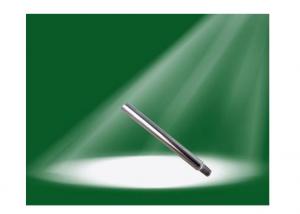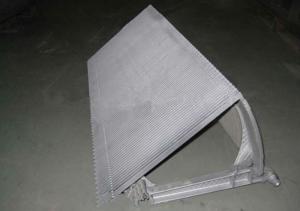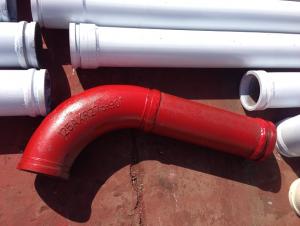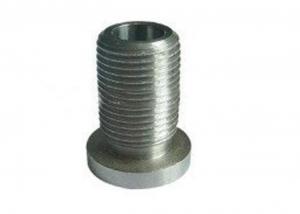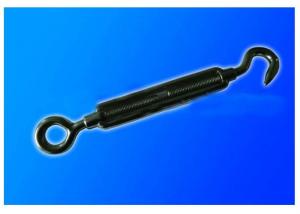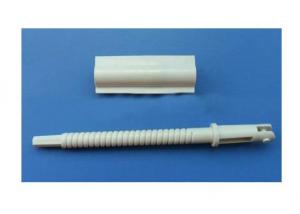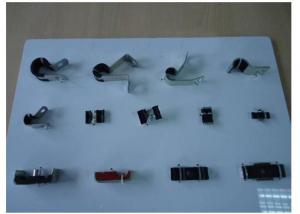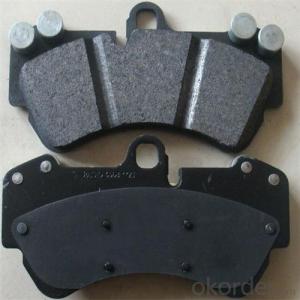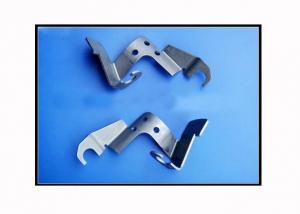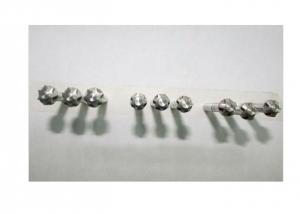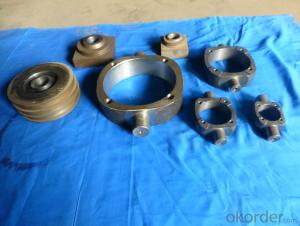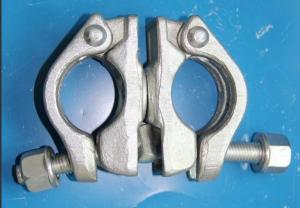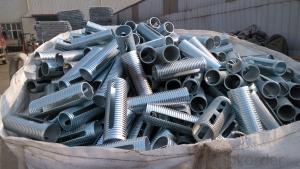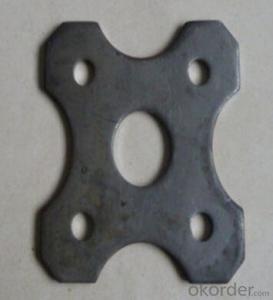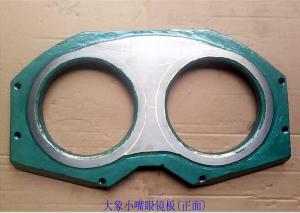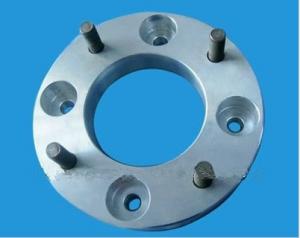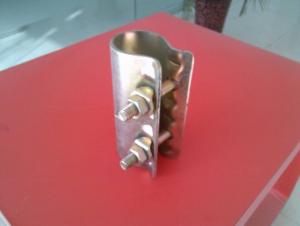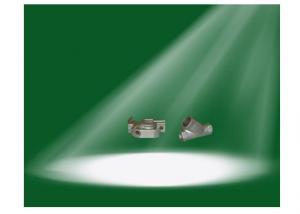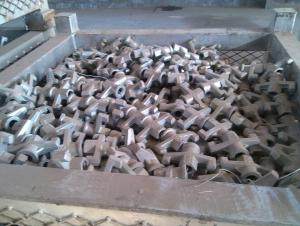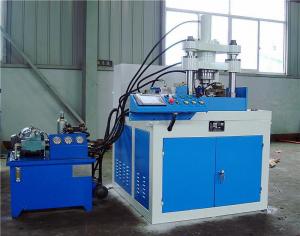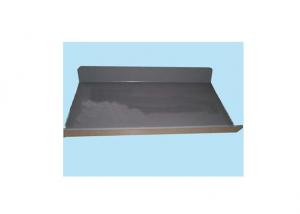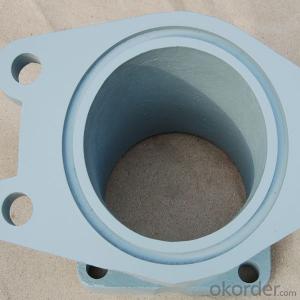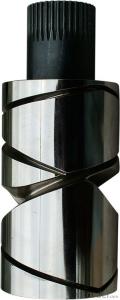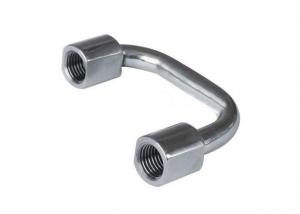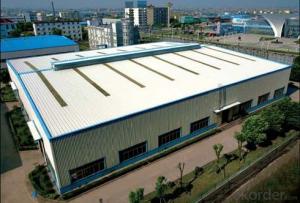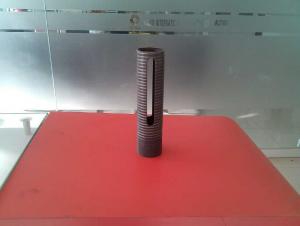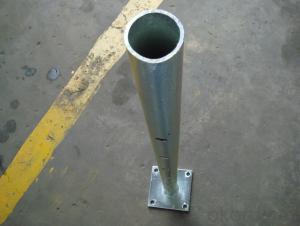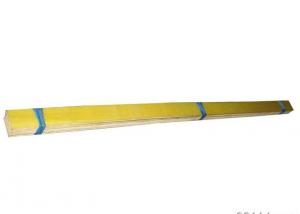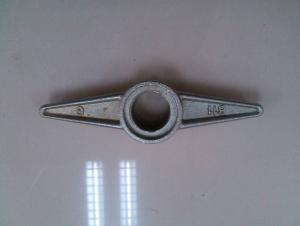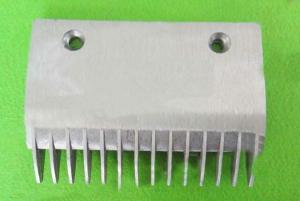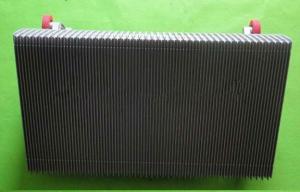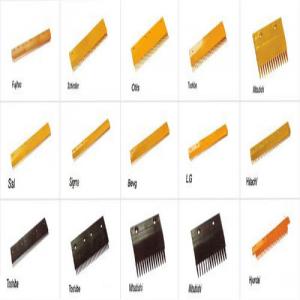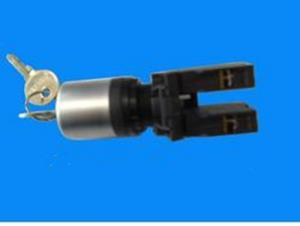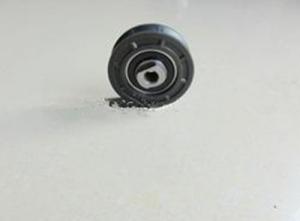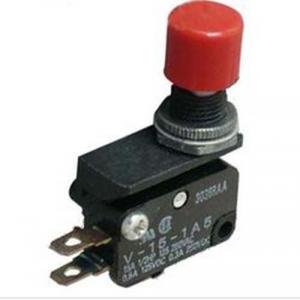Schwing Parts
Schwing Parts Related Searches
Schwing Electric Thread Parts Scissor Lift Parts Repair Parts Scissor Parts Schindler Elevator Parts Spigot Parts Car Lift Parts Air Duct Parts Stainless Steel Elements Boat Propeller Parts Whirlpool Appliances Parts Outdoor Spigot Parts Steel Grinding Bits Grove Crane Parts Pneumatic Door Closer Parts Heating And Air Conditioning Parts Crane Spare Parts Steel Screws Auto Parts Perkins Engine Parts Fisher Control Valve Parts Classic Car Rubber Parts Sears Refrigerator Parts Machine Spindles Gas Stove Parts Replacement Plumbing Parts Hauer Elevator Parts Buy Screws Lev Elevator PartsSchwing Parts Supplier & Manufacturer from China
Schwing Parts is a range of high-quality products designed to cater to the needs of various industries, including construction, mining, and manufacturing. These parts are essential for the proper functioning and maintenance of heavy machinery and equipment, ensuring optimal performance and longevity. The products within the Schwing Parts lineup are widely recognized for their durability and reliability, making them a popular choice among professionals in various sectors.Schwing Parts are specifically designed for use in a variety of applications, such as concrete pumps, truck mixers, and other heavy-duty machinery. These parts are engineered to withstand the rigors of demanding work environments, providing users with a dependable solution for their equipment needs. Whether it's a replacement part for a worn-out component or an upgrade to enhance performance, Schwing Parts offer a comprehensive selection to meet the diverse requirements of users across different industries.
Okorder.com is a leading wholesale supplier of Schwing Parts, boasting a vast inventory that caters to the needs of customers worldwide. With a strong commitment to customer satisfaction, Okorder.com ensures that the Schwing Parts they offer are of the highest quality and are available at competitive prices. By partnering with reputable manufacturers and maintaining a large stock of Schwing Parts, Okorder.com is able to provide prompt delivery and exceptional service to their clients, making them a trusted source for these essential products.
Hot Products
